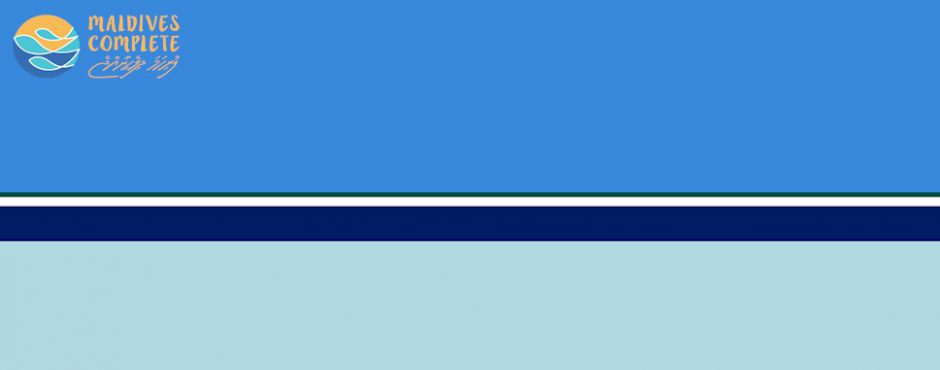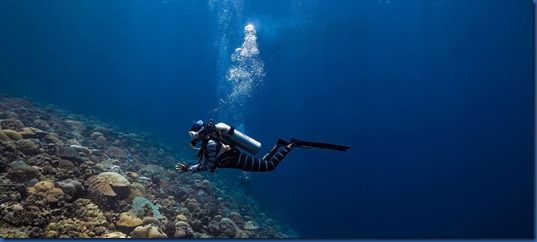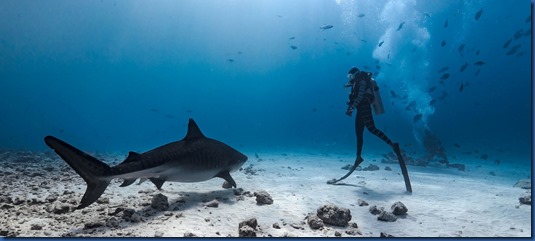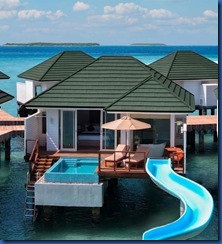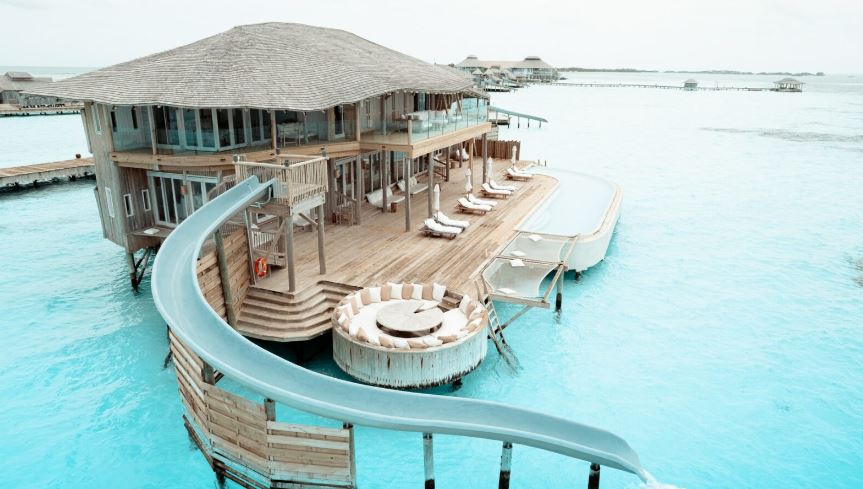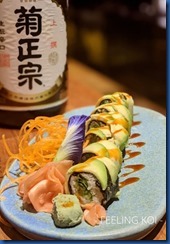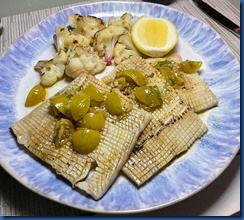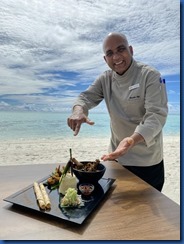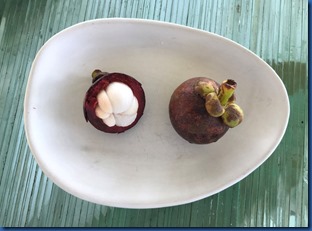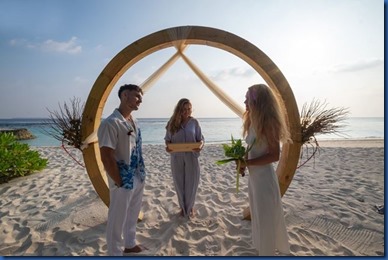International Women’s Day today is an occasion to celebrate women doing great things and the great things that women do. Nova resort is marking the occasion by hosting “Girls That Scuba” Ambassador Hamna Ali:
- The bright new star resort Nova in the Maldives is celebrating International Women’s Day and marking 8th March 2023 in style. The soulful island has crafted an array of special activities for women to recognise and honour their incredible achievements and immense contribution to the world. A special event awaits all guests as they will be able to join a snorkelling journey with Hamna Ali. Maldivian lady, a free scuba diver and ambassador of Girls that Scuba, the world’s largest female dive community, will lead all Nova guests to explore the wonders of the Indian Ocean and to snorkel into a world of breathtaking marine life.”
I caught up with Hamna in an exclusive Maldives Complete interview. She was especially positive about the website’s profiles on Maldivians doing intriguing work in their paradise of a country. She remarked, “In my experience, a lot of people don’t know the local side of the Maldives…such article It bring life into the other side of Maldives.” I checked out her website and I recognized her tiger shark photo (see directly below) which has gone a bit viral on Instagram.
Here is her contribution to a fascinating peek of that other side…
- What atoll are you from?
Fuvahmulah. It is unique in the Maldives for being the “One Island Atoll.” - What are your earliest memories of being in the water?
I’m someone who got in the water fairly late in life. We don’t have lagoons in Fuvahmulah where it is easy to go and learn to swim safety. We have open water and so parents ask us to not go in the water. However, near our house, during low tide, there is this huge patch of sea grass. It would be covered with shells. I remember being so fascinating. - When did you get introduced to scuba diving?
I wanted to learn how to swim and snorkel, but when I was about 12, one of my friends passed away swimming. After that I stayed away from the water into my teens. I was about to finish school and I started seeing friends going surfing. I noticed that there were no other girls going surfing. I would ask people to take people but no one would take me. I chose as my job being a gym instructor but my interesting ocean activities continued on. When Covid came, I went back to my island Fuvahmulah. I had nothing to do so I decided to just go for it. I starting swimming then surfing then snorkeling. Even then, I didn’t know what diving was at that time. One of my cousins owned a dive center and he reached out to me. He told me that at the island there are lots of opportunities but there are no girls doing it. He thought that I would be able to do it because I was going surfing with the guys and with waves crashing over me. I told him that I would think about it. I stayed at Fuvahmulah for 9 months. I was going in the water every day to surf and to snorkel and I was falling in love with the water. When COVID ended, I went back to my job and I realized that I wasn’t getting the joy that I had in the water. So, I left my job and moved back to Fuvahmulah and decided to take up diving. One day, one of my friends told me to get ready to go out in the water. They took me to the ocean and when I got there, I saw a bunch of guys with diving equipment. We all boarded a little fishing boat. People came up to me saying “Your life is about to change. You are about to do your first dive.” My cousin told me that we would jump in, but I saw everyone doing the roll-back into the water and I thought that was great so I did it to on my first entry. Out of the harbour, we saw the tiger sharks come out. Until that point in my life, I had never seen a shark. Not even a reef shark. It was an amazing experience. - What are some of the challenges that women face in the scuba diving world?
I think representation is the place to start. In my experience, I was the only women in this field so I didn’t even know about it being a possibility for me. Also, I initially expected a lot of support from people in the industry, but it was quite the opposite. People were not used to seeing women do things that men were used to doing like docking the boats. Many men made little comments to me doubting my ability. Sometimes they don’t like to believe the same things you can do. There is lot of ego involved with shark diving. Kind of power thing facing these powerful creatures. - How did you overcome some of those obstacles?
I just continued what I’m doing because actions speak louder than words. I stayed precisely because there were so few women. And some people are very supportive. And those that are sceptical at first, turned positive when they really saw what I was doing every day and how I was fitting in. If they see what I am doing, they have no choice but to accept that I can do these things. - What sort of questions do you get from women about scuba diving?
A number of people got confused about how you can dive with sharks during your “time of month”. It sounds funny, but people need to talk about these things to know how to these things as they are very easily addressed. - What is the most memorable creature you saw diving?
So many things! My first thresher shark. My first big school of hammerheads (100-200 passing by). But the most amazing was the oceanic white tip shark. Known to be one of the most aggressive sharks. They roam the high seas and go months and months without eating. We had just finished a dive and saw a group of melon headed whales and were snorkeling with them. Oceanic white tips often follow these pods of whales, but we were not expecting to see one because they are so rare. They were the top of my bucket list because they are the most elusive. It was one of my dreams to see them. If you don’t know how to read them, they can be a little bit dangerous. And in fact, i had one charge at me and I got to redirect the shark. That is amazing. [see Instagram photo below] - What is your favourite creature to see?
Sharks aside, I would definitely say the Ghost Pipefish. Also, nudibranchs. - What does your role as “Girls That Scuba Ambassador” entail?
“Girls That Scuba” is the biggest female diving community in the world. Every year they choose 10 girls in the world to represent this community. These ambassadors reach out to people so people can see all different kinds of women from all over the world in the diving scene. - Where is your bucket list destination outside the Maldives?
Raja Ampat, Indonesia known as a “Lost Paradise”. The coral life and marine life is something out of your imagination. One of best places for coral in the world. Also Baha, California for whales especially blue whales. - What is your latest project?
We have started an NGO called “Miyaru” whose purpose is to research the sharks of the Maldives, and our first project is researching the tiger sharks in Fuvamulah. No local NGO doing research on these sharks and Fuvahmulah has the biggest tiger shark population in the world. It is our effort to give back to the sharks. Also, I am working with a UK NGO with the objective to empower women in ocean science, and women in Fuvamulah. We will be bringing more opportunities to women in the field by training local women in different types of research like data analysis, data collection, diving, etc.
You can follow Hamna’s underwater adventures on her Instagram account and her webpage.
xxx
